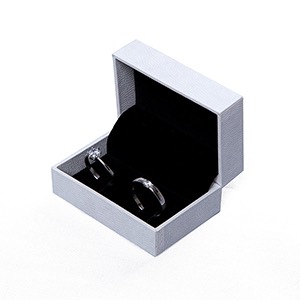You can share
- Share to Facebook
- Share to Google+
- Subscribe to our
- Share to Linkedin
- Share to Twitter

|
|
Finding the correct bag size is a cost saving move for you. When you buy the size closest to your needs, the benefits are two fold; you save money by purchasing a smaller product and you do your part to help protect the environment by using less material. Below are diagrams that will help guide you in determining your bag size. Box lining gusseted poly bags are great for keeping the product’s moisture away from the box. Large Gusseted box liners are perfect for shipping produce, frozen items and any product with moisture. 
1. Width (W) of the bag = width of the box + 1” 2. Depth (D) of the bag = depth of the box + 1” 3. Length (L) of the bag = height of the box + depth + 6” to allow coverage of the box contents. Example: Box: 18”W x 12” D x 14” H Bag: 19” W x 13” D x 33” L Square Container – Layflat Used in industrial, institutional and medical applications. These bin liners tear off rolls for easy use in many applications such as bin liners, gaylord liners and dust covers. 
2. Length (L) of the bag = height of the container + half of the depth to the height. Add 5” for overhang. Example: Container: 14”W x 10”D x 32”H Bag: 26” W x 42” L Extra large plastic bags for covering pallets during shipment. Easy to use, just slips over the top of the pallet and drops down to cover the entire product. Widely used to cover pallets that will store inside or outside. Also great for shipping to and from various locations. Pallet covers protects your product(s) from the weather, dust, paint, water, snow, and other types of debris. 
1. Width (W) of the cover = width of the pallet + 1-2” 2. Depth (D) of the cover = depth of the pallet + 1-2” 3. Length (L) of the cover = height of the pallet + half of the depth Example: Pallet: 40”W x 36”D x 50”H Cover: 42” W x 38” D x 68” L |
|